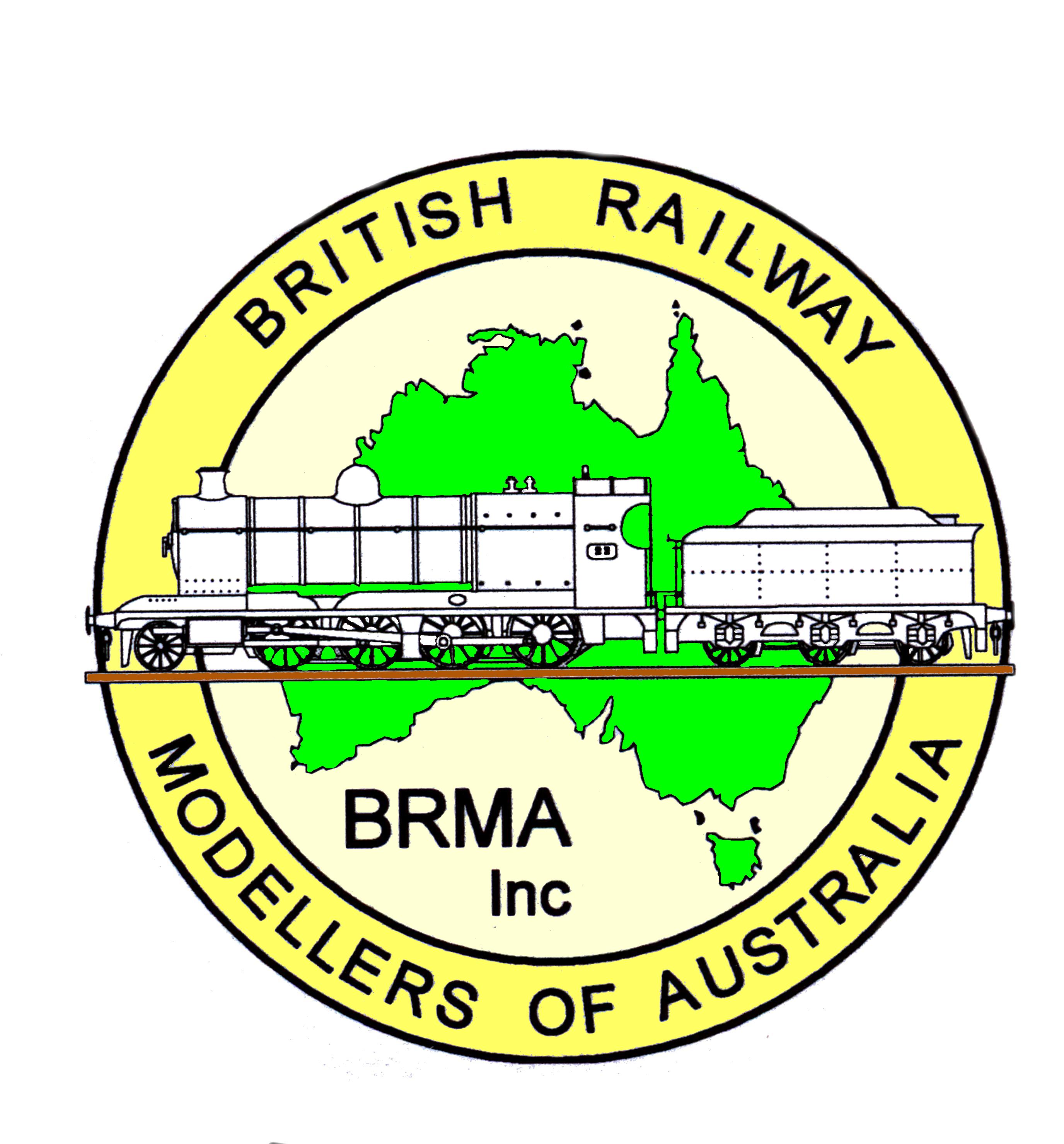VIC - 0250 - Cutler's Cider Press - Synopsis
VIC - 0250 - Architecture & Scenic - "Cutler's Cider Press" 7mm/O
Cutler’s Cider Press
Moving on from the simplicity of the coal office, I thought I would give an insight into a more complex build. This is a set of buildings that I perceived had been on a real farm, developing as the farm’s prosperity expanded over possibly centuries; an opportunity to add buildings of different eras together as I have tried to emulate here giving increased viewer interest. These cider press buildings evolved from a ‘screen shot’ (Photo 1) I took when Googling for ‘North Somerset farm houses’, the geographical area for my layout. As can be expected, the search brought a heap of images of typical cottages to rent or buy, large and small, so I was able to pick something that formed a seed of an idea and modified it accordingly. This also confirms to me how the buildings have been added to the original structure over time, and different roofing applications.
As with the coal office, the walls were cut out of thick, quality card and placed loosely together to see if it felt right (Photo 2). I guess this is something that can only be visualised by the modeller, but this type of building truly allows us to hone our skills for more exacting projects. The beauty of scratch building cottages and rural buildings is that they are not uniform in any way. You have to wonder if plans were even drawn up prior to starting the build other than the heel of a boot on levelled earth! This is very helpful as I can just measure a simple door opening by placing a suitable figure outside the blank ‘wall’ and ‘guestimate’ everything else from there. Sketching out the concept prior to starting certainly doesn’t hurt and helps to visualise if it looks in keeping with what you had in mind. With this sort of building, due to the type of prototype, you can get away with murder, it’s just got to look right. The rest of the walls were then cut out and door and window openings created as per the coal office. Due to the history of the building group, I wanted a selection of different wall finishes.
Photo 4 shows how I approached the creation of general rough stone walling. This is best addressed in the flat and the final corners blended after elevation. A layer of neat PVA was brushed onto the card walls to seal them after window and door openings were made. When dry, a mix of plaster of Paris, PVA and water was applied roughly to the surface with an old brush with the consistency of toothpaste. When dry, a needle or compass point is used to scribe out the stones at random. Again when dry, additional mix was applied to some stones to emphasise a more uneven build. This can be put on roughly and cleaned back to the original stone course later, any crumbling can help to add character. When happy with the general structures, the walls were glued together with PVA, which has been used throughout the build, to a piece of stout foam board. Scraps of card add strength on the upper edges and improve squareness. Where squareness is definitely not required, may I suggest it’s just as important to add strengthening pieces to help hold the walls to your desired position.
Photos 5 & 6 show additional stages of building up the structure. Photo 5 shows the use of overlapped thin card to simulate the wooden weatherboards and Redutex for the end wall and central brick building. Brickwork can also be achieved by painting a thin layer of PVA mix onto the walls and scribing the brick courses when dry. Honestly, It’s not as hard as it sounds. The sub roof structure is starting to take shape made from stout card. Doors and windows have been created as per the coal office in styrene sheet in suitable thicknesses whilst still in the flat. In photo 6, the figure I used initially for a guide to door height is shown, albeit too fancily dressed for a farmer! I would be the first to state that for specific buildings, not least railway structures, detailed plans need to be created to your chosen scale to work from. As many photos of the prototype you can gather will be invaluable also to get the feel of the structure.
The main photo is with the finished buildings in place on my layout Woodleigh-sub-Mendip. All wall and roof paint finishes are achieved with acrylics as is the weathering, including dry brushing. Guttering and drain fittings are again S & D Models, they have a great selection of architectural and general purpose white metal goodies to help speed up the process and with the latter, add that final detailing.
